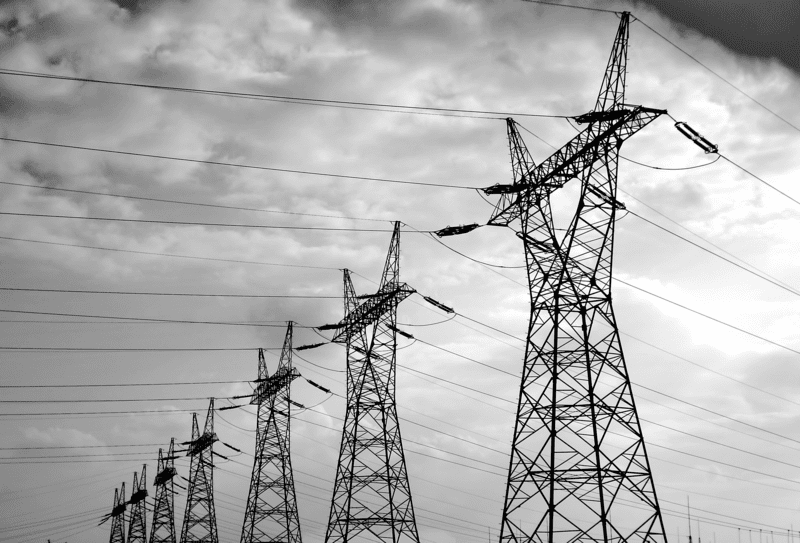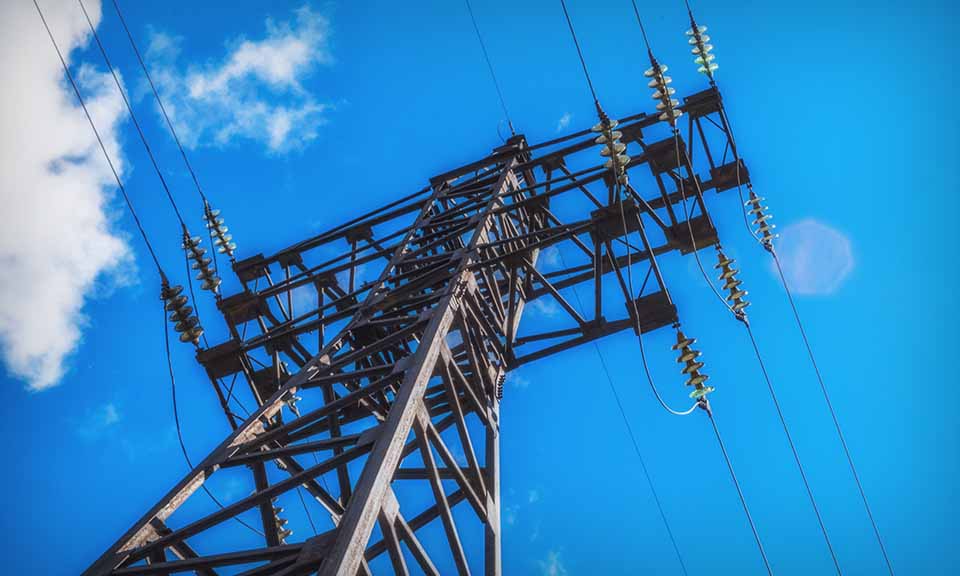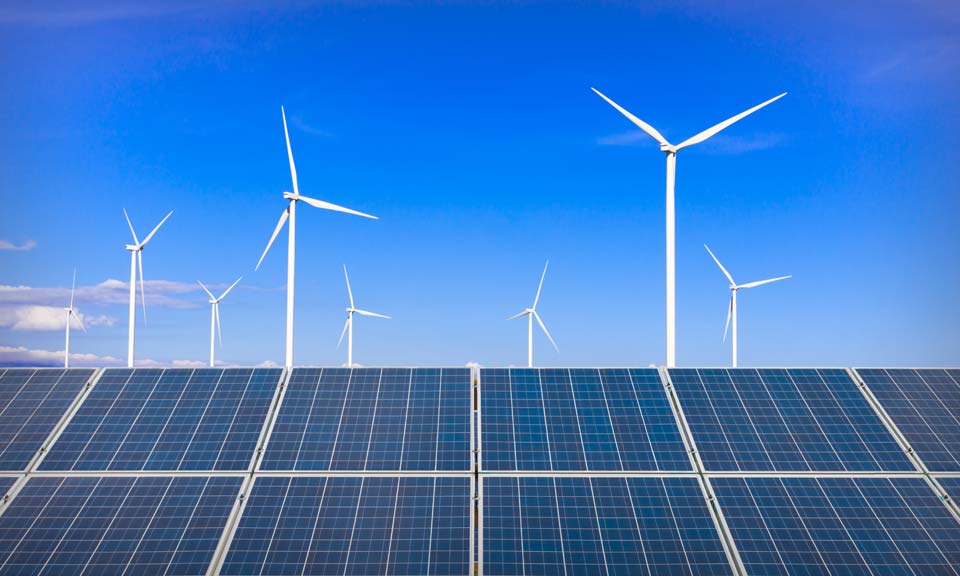Putin, Xi to discuss growing energy cooperation as Russia grapples with Western sanctions

Further expanding energy cooperation is set to be high up the agenda when Russian President Vladimir Putin and his Chinese counterpart Xi Jinping meet in Uzbekistan Sept. 15-16, given Russia's urgent need to find new destinations for its oil and gas exports as Western sanctions close off its previous markets.
This year has already seen Russia-China energy cooperation increase significantly. Oil and gas deliveries to China have risen since Russia's invasion began in February, and new supply and infrastructure deals were signed a few weeks before Russia's invasion was launched.
S&P Global Commodity Insights estimates that China's crude imports from Russia averaged 1.82 million b/d in January-July, 6.4% higher than in the same period of 2021.
China has been happy to take advantage of the sizeable discounts on Russian oil that have opened up following Europe's move to phase out Russian imports.
Platts assessed Russia's key crude grade Urals at $69.32/b on Sept. 13, according to S&P Global data, a sizeable discount to benchmark Dated Brent at $91.45/b. Prior to the invasion of Ukraine Urals was trading at a discount of around $10/b to Dated Brent.
However, Russia's ability to redirect exports East is threatened by strong market competition, China's interest in supply diversity, concerns over the coronavirus pandemic's impact on Chinese demand, as well as Russia's limited export capacity in that direction.
S&P Global forecasts China's oil demand will average 15.1 million b/d in 2022, a year on year contraction of 305,000 b/d, before recovering 485,000 b/d in 2023.
China will continue to buy Russian crude and perhaps some products, director of the gas research and China energy programs at the Oxford Institute for Energy Studies, Michal Meidan said.
"It will certainly buy crude to the extent that it is discounted, but may be reluctant to displace large volumes of oil from other suppliers and massively increase its dependence on Russia," she said.
The origin of Chinese imports saw some changes in August, reflecting competition for market share and China's interest in supply diversity.
Crude imports from the former Soviet Union declined 13% on month to 1.8 million b/d, while crude purchases from the Middle East, Africa and Malaysia grew.
Malaysia exports Malaysian Blend -- re-blended Iranian and Venezuelan grades.
"This means that China has been consistently increasing appetite of crudes from those two countries indirectly, as expected since they have been putting down crude prices to compete against the Russian offerings," S&P Global Commodity Insights said.
In addition, export capacity constraints mean that Russia is not able to redirect all oil volumes that traditionally went to European markets to Asia.
S&P Global estimates that 3.5 million b/d of previous Russian oil exports to Europe will need to be rerouted by Feb. 5, 2023, of which two-thirds will be able to find new buyers.
There are also limits to Russia's ability to export oil products to China.
"It will be difficult for Russia to fully reroute product exports, leading to expectations for Russian refinery runs to fall further in 2023," S&P Global oil market analyst Rebeka Foley said.
Meidan said that China's large refining system and desire to be self-sufficient in oil products will limit demand for rerouted Russian volumes.
Russia's main crude export route to Asia is the East Siberia-Pacific Ocean oil pipeline. ESPO has a spur into China and runs to the Far Eastern port of Kozmino. Pipeline operator Transneft said that ESPO worked at its full 80 million mt/year, or around 1.6 million b/d, capacity in the first seven months of 2022.
Russia also plans to increase oil export capacity at Kozmino by over 7 million mt/year by October. This would be an increase of about 20% on Kozmino's current capacity of 36 million mt/year. Russia can increase export capacity at the port by returning to deliveries via rail from Skorovodino.
Russia also ships around a quarter of its deliveries to China under long-term contracts via Kazakhstan.
In the longer term, Russia is developing new oil and gas export infrastructure at ports along the Northern Sea Route. The route runs through Russian territorial waters in the Arctic and has shorter delivery times and lower costs, as well as less geopolitical risk than traditional routes.
In early February state-run oil giant Rosneft signed a 10-year supply deal with China's CNPC for supply of 100 million mt, or around 200,000 b/d, of crude. The deliveries will be shipped via Kazakhstan for refining at plants in northwest China.
At the same time Gazprom signed a 10 Bcm/year gas supply deal with CNPC. This adds to a 30-year supply contract for 38 Bcm/year between Gazprom and CNPC signed in 2014.
Shipments are carried out via the Power of Siberia pipeline, which was launched in December 2019.
Gazprom said Aug. 31 that supplies via the route were up 60% year on year in the first eight months of 2022. Gazprom's 2021 exports were an estimated 10.5Bcm, so if the 60% growth is maintained through 2022, the total number for this year will be around 17 Bcm.
Chinese companies are also seen as potential buyers for stakes in projects that Western companies are exiting due to sanctions.
They have increased their investments in Russian projects since 2014, when Russian companies' access to Western financing was restricted due to sanctions. Chinese companies already hold stakes in Russian projects including Novatek's Yamal LNG and Arctic LNG 2.

News
A total solar eclipse will cross North America on April 8, resulting in heavily reduced solar power plant output. It will differ from an annular eclipse in that the sun will be entirely blocked by the moon, rather than partially blocked with a visible halo of sunlight. Power markets in Texas and the Mid-Atlantic region are expected to see the biggest impact in solar-powered generation. Related feature: US solar eclipse expected to significantly reduce solar power output in several markets (subscriber content) Click here for the full-size infographic

News
For access to all regions of the US Power Tracker series, subscribe to Platts Connect . (Latest update April 2, 2024) California power prices reached a 15-year low in March as mild weather and lower demand pulled down prices, while Pacific Northwest’s below-normal snowpack is expected to lead to continued weak hydro conditions even as forward trend lowers. Strong mid-day solar output drove California’s gas generation down to minimum levels and congestion of outbound flows from Southern California led to curtailments, Morris Greenberg, senior manager with the low-carbon electricity team at S&P Global Commodity Insights, said. Full feature: US POWER TRACKER: West prices plunge on strong renewables, weak demand (subscriber content) Click here for the full-size infographic
News
Japan's largest power producer tests ammonia as new fuel Energy transition highlights: Our editors and analysts bring together everything you need to know about the industry this week, from renewables to storage to carbon prices. JERA -- Japan's largest power generation company and one of the world’s largest power utilities --started testing ammonia cofiring at one of its largest thermal power plants this week. The project paves the way for the use of ammonia in the power sector on a commercial scale that has never been done before. Currently, ammonia is a largely a feedstock for fertilizer production with some of it going into chemicals. However, ammonia can be combusted with zero carbon emissions and it is one of the pathways being explored for the transportation of hydrogen as it has existing trade flows that can be expanded. These factors allow ammonia to become as an energy transition fuel. JERA started testing ammonia cofiring at its 1 GW No. 4 coal-fired unit at Hekinan thermal power plant in central Japan from April 1, to be carried out through June using about 40,000 mt of ammonia. The 20% cofiring of ammonia is expected to be the world's first at a large commercial coal-fired power plant and is part of a four-year long pilot project. JERA has pledged to commercialize its ammonia cofiring power generation by 2030 and use 100% ammonia as fuel in the 2040s for its 2050 carbon neutrality target. Japan sees great potential in ammonia as a CO2 zero-emission fuel as the country targets to cut its greenhouse gas emissions by 46% by FY 2030-31 from FY 2013-14 levels and achieve carbon neutrality by 2050 . Price of the week: Meanwhile, the price of emission allowances in China’s national compliance carbon market hit a new record on March 29 of Yuan 90.66/mtCO2e ($12.78/mtCO2e), increasing 8.1% week on week, according to Shanghai Environment and Energy Exchange. The steady increase in Chinese carbon prices has been attributed to bullish sentiment and looming deadlines for meeting emissions obligations. Editor’s pick: Premium and free content SPGlobal.com Germany’s SHS launches green hydrogen tender for Saarland steel plants German steel producer Stahl-Holding-Saar has launched a tender to buy up to 50,000 mt of locally produced renewable hydrogen for its Dillinger and Saarstahl plants in Saarland, the company said March 26. SHS and its subsidiaries are due to produce up to 3.5 million mt/year of green steel from 2027/28. The move follows a tender from Thyssenkrupp for large volumes of clean hydrogen for its Duisburg plant in Germany from 2028. Platts Connect New open-source tool aims to inform on environmental impact of hydrogen The Open Hydrogen Initiative released March 25 an open-source tool for determining the carbon intensity of hydrogen as some industry members work to harmonize measurement methodologies. This new tool allows for the calculation of the carbon intensity of hydrogen production at the facility level based on the operational parameters of the facility and its supply chains, “capturing the nuances” of a project’s emissions, OHI Executive Director Zane McDonald Manchin, oil and gas groups urge flexibility, better coordination on methane fee Delays in implementing a fee on oil and gas system methane emissions and new greenhouse gas reporting rules are unfair to regulated companies and run counter to congressional intent, Senate Energy and Natural Resources Chairman Joe Manchin, Democrat-West Virginia, told the Environmental Protection Agency March 26. TES gets tariff, third-party exemption for German LNG, e-natural gas terminal Tree Energy Solutions has secured an exemption from tariff and third-party access regulation for its planned “e-LNG” import terminal at the Green Energy Hub in Wilhelmshaven from the German network regulator BNetzA. BNetzA has exempted the 15-Bcm/year terminal, which will import LNG before switching to green hydrogen-based “electric natural gas” (e-NG), for 20 years from the start of the operations.

News
Industry must be open to new technologies Wind, solar attack natural gas’ market share The energy industry has trapped itself with binary dialogue about being for one type of technology or another, when all resources need to work together to achieve energy transition goals, Tinker Energy Associates CEO Scott Tinker said March 22. The energy transition is not just about one technology, but rather a suite of technologies, panelists said at the CERAWeek by S&P Global energy conference in Houston. “What is nice about renewables and new technology is they're much more democratically distributed around the world,” said Andres Gluski, AES Corporation president and CEO. “The reality is a little bit more complicated. But I also think it's not rocket science.” However, the industry has to be careful about status quo because things are changing rapidly, Gluski added. “In the power industry, we're seeing once in a 100-year events, like floods and heatwaves, etc., occur every year.,” Gluski said. “The weather has changed. That’s the reality.” Industry leaders need to look at how to deliver the electricity with the lowest carbon and in most sustainable way possible, he added. Renewables versus fossil fuels Solar and wind costs have dropped remarkably over the years, Tinker said. “To make it reliable requires something sitting here waiting to back it up … and that something is expensive,” Tinker said about battery storage. “I think we have to be more open and candid about the actual cost of electricity to be integrated.” The domestic production of wind turbines is strong, with battery storage production to come, while domestic of solar panels will take longer, Gluski said. And while renewables do not generate 24 hours a day, coal is not going to come back regardless of political slogans, he added. “For a lot of these new technologies we need the regulators to be on top of it as a lot more is coming," Gluski said. The energy transition has to happen at a pace that’s politically sustainable, said David Victor, a professor of Innovation and Public Policy with the School of Global Policy and Strategy at University of California, San Diego. “I'm really concerned that we are overweighting the familiar,” Victor said. “We are overinvesting in things we know how to do and probably underinvesting in things that we don't yet know how to do.” Glue that holds it together “We got to figure out the glue that holds all this together,” said Hunter Hunt, chairman and CEO of Hunt Energy. There will be less natural gas needed than the industry thinks, but more than environmentalists think, he added. “Wind and solar are absolutely attacking natural gas’ share and they've decimated coal in the industrialized world,” Hunt said. “If natural gas is going to be a transition fuel, the industry needs to do its part to make sure that we're doing it in the right way. The future of energy can be seen in Texas today, Hunt said about the battery storage growth happening. There such a diversity in approaches with new technology and “we need all of it,” said Evelyn Wang, director of the Advanced Research Projects Agency-Energy with the United States Department of Energy. Houston, we have an opportunity “One of the things that is different today versus this time last year, is just explosion of activity in energy transition-related projects in Houston and Gulf Coast,” said Bobby Tudor, CEO Artemis Energy Partners and chairman of the Houston Energy Transition Initiative. “We have enormous competitive advantages here in this region to be a leader, and it's up to us to intentionally do that. … We intend to continue to exploit that advantage.” Texas has the largest concentration of technical talent in the world related to energy systems, Tudor said, adding the state is well positioned for the task due to its ports and access to wind and solar resources. A lot of the development in Texas has to do with permitting and the ability to get projects permitted and done, Tudor said, adding that process is much more difficult in rest of the country. The catch phrase should be “Houston, we have an opportunity” instead of “Houston, we have a problem,” said Atul Arya, S&P Global Commodity Insights senior vice president and chief energy strategist.